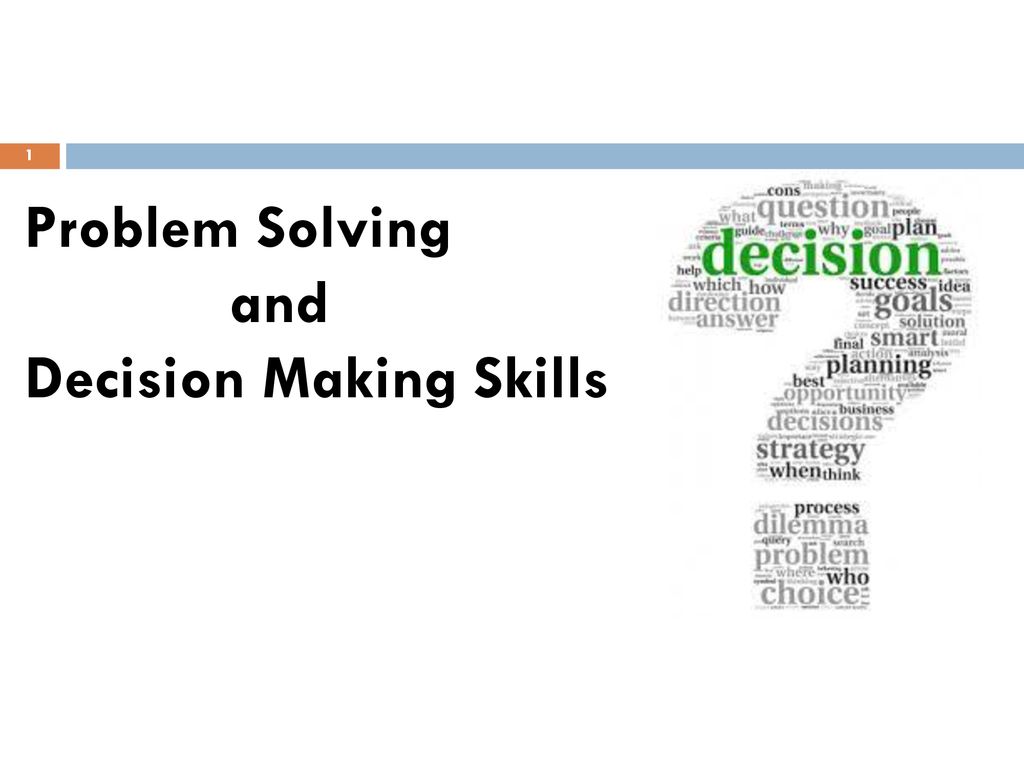Within our fast-paced world, the ability to formulate sound decisions is more vital than ever. Whether we are faced with small choices, such as which to choose for breakfast, or major transformative decisions, such as changing jobs, the process of making decisions can be both empowering and overwhelming. Mastering the art of smart decision-making not only enhances our individual and professional lives but also influences the outcomes we encounter on a daily basis. Grasping the mental processes behind effective decisions can offer us with valuable insights into our thought processes and actions, allowing us to make choices that correspond with our values and objectives.
In exploring this subject, we'll explore ten established techniques that can enhance your decision-making skills, equipping you to confront tough choices with assurance. We'll examine the importance of gut feeling and analytical thinking, the importance of emotional intelligence, and strategies to prevent decision fatigue. From learning to analyze alternatives effectively to understanding the concealed costs of indecision, this piece will provide practical tools aimed at enhancing your decision-making process. Come with us as we uncover how to achieve better decisions in pressure and empower ourselves to handle life's challenges with clearness and intent.
Techniques for Effective Decision-Choosing
Making smart decisions is a skill that can be cultivated through repetition and the use of tested techniques. One of the most effective methods is to use decision-choosing frameworks. These frameworks guide individuals through a organized process, decreasing ambiguity and enhancing clarity. Common frameworks are the Pros and Cons List, the SWOT Analysis, and the Decision Matrix, which help in breaking down complex choices into manageable components. By arranging thoughts and weighing options more systematic manner, one can steer through choices with increased confidence.
Another valuable technique is to develop emotional intelligence, particularly in understanding and managing emotions during decision-making. Emotions can greatly influence our decisions, occasionally leading to rash decisions or regrettable outcomes. By recognizing emotional triggers and learning to regulate them, individuals can assess situations with greater objectively. Additionally, decelerating down the decision-making process through techniques such as mindfulness provides a sharper perspective, facilitating better evaluations of the possible outcomes.
Finally, developing a habit of learning from past decisions is crucial for improving future choices. Reflecting on both successful and unsuccessful decisions provides insights into patterns that can be improved for better outcomes. Keeping a decision journal can be an effective tool; it helps record decisions made, the thought processes involved, and the outcomes. Over time, this practice fosters self-awareness and enhances decision-making skills, ultimately leading to increasingly informed and confident choices.
Comprehending the Mental Factors of Decisions
The method of deciding is firmly embedded in the study of human behavior, influencing how individuals assess options and formulate choices. Cognitive biases have a significant part, commonly resulting in irrational decisions based on feeling rather than rationality. For strategic thinking , confirmation bias can cause people to favor information that aligns with their prior views, while ignoring evidence that challenges them. By understanding these biases, individuals can aim at mitigating their impact and arriving at well-reasoned choices.
Another vital aspect is the emotional element of the decision process. Emotions can obscure judgment, yet they also give valuable perspectives into individual values and desires. Emotional awareness becomes key, as it empowers individuals to understand and control their emotions when dealing with difficult decisions. This competence not only helps in choosing choices that are in line with personal goals but also fosters fortitude in dealing with the concern of making incorrect decisions.
Furthermore, the environment in which choices are taken greatly affects outcomes. High-pressure situations can lead to rushed and possibly poor decisions, while a calm environment encourages greater considered thinking. Strategies such as mindfulness and strategic pauses can boost understanding and enable more effective assessment of choices. By consciously developing a positive decision process setting, people can enhance their thinking skills and in the end improve their overall decision process capabilities.

Strategies for Confident Choice-Making
Building self-assurance in decision-making begins with recognizing your principles and goals. By precisely defining what matters most to you, you establish a foundation that shapes your choices. Contemplate on your long-term aspirations and synchronize your decisions with your fundamental beliefs. This not only streamlines the choice-making process but also boosts your self-trust, as you can trust that your choices resonate with your true self.
Another efficient tactic is to gather pertinent data while steering clear of excess information. Concentrate on acquiring data that directly affects your decision and consider various viewpoints. This measured method helps you make knowledgeable decisions without falling victim to overthinking. Establishing a structured method for assessing options, such as advantages and disadvantages lists or decision matrices, can also improve clarity and reduce doubt in your decisions.
Lastly, engaging in mindfulness can significantly enhance your decision-making capability. By cultivating mindfulness of your ideas and feelings, you can distinguish between logical judgment and fear-driven reactions. Taking a moment to pause and breathe before executing a choice enables you to face decisions with a focused mind. This routine not just reduces stress but also results in more thoughtful and confident choices, ultimately empowering you to accept the decision-making process.
